Tag: Orange & Alexandria Railroad (O&A)
Wikipedia says: The Orange and Alexandria Railroad (O&A) was a railroad in Virginia, United States. Chartered in 1848, it eventually extended from Alexandria to Gordonsville, with another section from Charlottesville to Lynchburg. The road played a crucial role in the American Civil War, saw the first of many mergers in 1867, and eventually became an important part of the modern-day Norfolk Southern rail system.
Antebellum period
The Virginia General Assembly issued a charter to the O&A on May 28, 1848, to run from Alexandria to Gordonsville. Construction began in 1850 and was completed in April 1854, when it connected with the Virginia Central Railroad in Orange County. Its longtime President was John S. Barbour Jr., Virginia lawyer, part-time delegate and son of U.S. Representative John Strode Barbour.
In 1854, the General Assembly granted the O&A the right to build southward from Charlottesville to Lynchburg. O&A paid for trackage rights over Virginia Central tracks from Gordonsville to Charlottesville. In 1860, the southern extension was completed, including lucrative connections to the Virginia and Tennessee Railroad and the South Side Railroad. The O&A also connected with the Manassas Gap Railroad (chartered in 1850), at Tudor Hall (today named Manassas for this junction) which gave it access to the Shenandoah Valley.
The railroad boosted Virginia commerce. Farmers from Virginia’s Piedmont region, and later, the Shenandoah Valley could more cheaply ship their products, produce, and goods to the markets of Washington, D.C., and Richmond, and to ocean-going vessels berthed at the Potomac River port of Alexandria. Alexandria, Richmond, and Lynchburg also became manufacturing centers. Passengers could travel from Washington to Lynchburg in eight hours instead of enduring a three-day stagecoach journey.
American Civil War
The O&A was strategically important during the Civil War (1861–1865) and was repeatedly fought over and wrecked. In connection with the Virginia Central, it was the only rail link between the belligerants’ capitals at Washington and Richmond. An 1861 Union Army attempt to gain control of Manassas Junction led to the First Battle of Bull Run, and the junction traded hands numerous times during the war. Confederate Maj. Gen. Thomas J. “Stonewall” Jackson attacked it in the Battle of Manassas Station Operations to draw the Union into the 1862 Second Battle of Bull Run. The 1863 Battle of Brandy Station and Second Battle of Rappahannock Station were also fought near the railroad line.
Reconstruction
The railroad entered Reconstruction in dire shape, with much of its track ripped up and most of its rolling stock destroyed. However, Barbour rebuilt the railroad with the help of various politically connected financiers and his brother-in-law J.S.B. Thompson. In 1867, the O&A merged with the Manassas Gap Railroad (led by Edward Carrington Marshall) to become the Orange, Alexandria and Manassas Railroad.
Showing 1–16 of 196 results
-
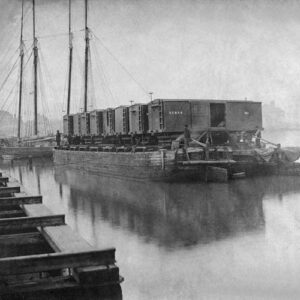
Image ID: AAAA
$5.99 -
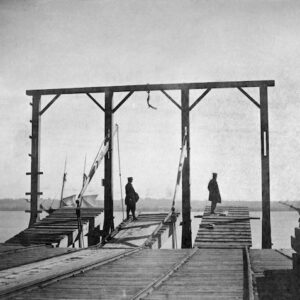
Image ID: AAAB
$5.99 -
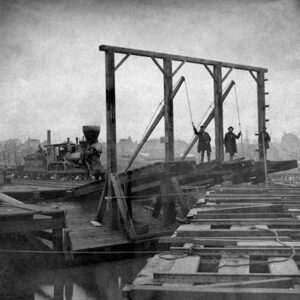
Image ID: AAAC
$5.99 -
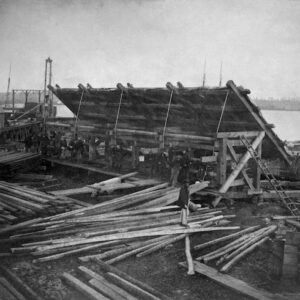
Image ID: AAAG
$5.99 -
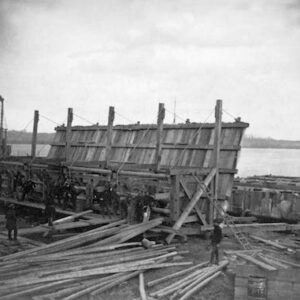
Image ID: AAAH
$5.99 -
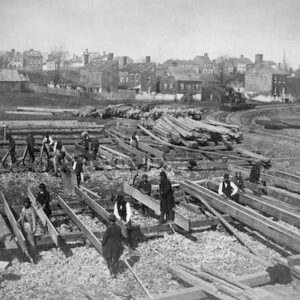
Image ID: AAAI
$5.99 -
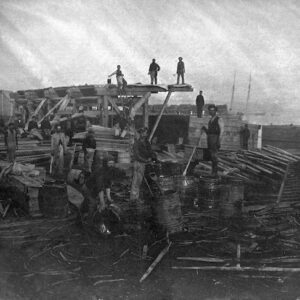
Image ID: AAAJ
$5.99 -
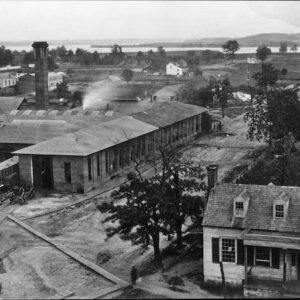
Image ID: AAAN
$8.99 -
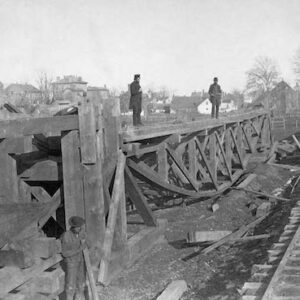
Image ID: AAAO
$5.99 -
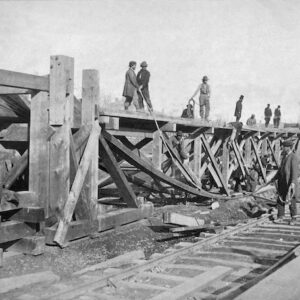
Image ID: AAAP
$5.99 -
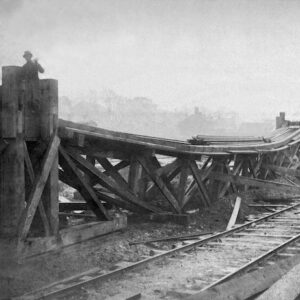
Image ID: AAAQ
$5.99 -
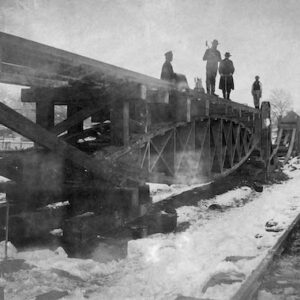
Image ID: AAAY
$5.99 -
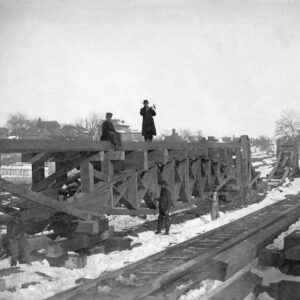
Image ID: AAAZ
$5.99 -
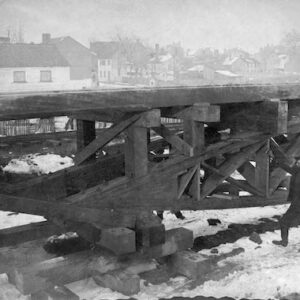
Image ID: AABA
$5.99 -
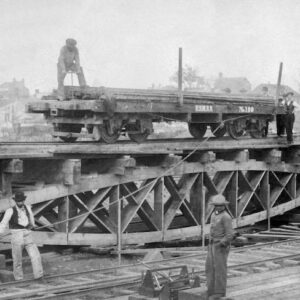
Image ID: AABB
$5.99 -
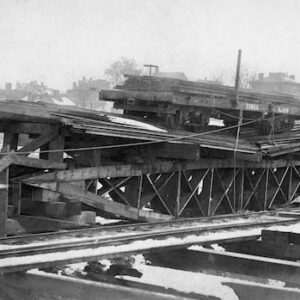
Image ID: AABC
$5.99